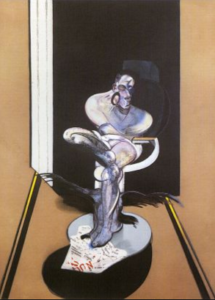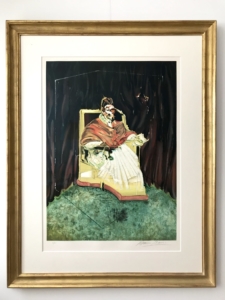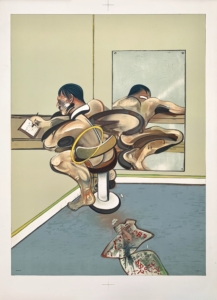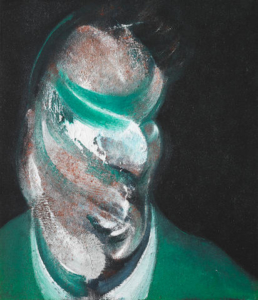In memory of George Dyer
Signed and numbered from an edition of 100
25 3/5 x 19 3/10 inches (65 x 49 cm.)
More information
Offset lithograph, 1976 on Arches paper.
Published by Musée Cantini, Marseille.
Numbered (verso 58/100).
Paper size: 65.0 x 49.0 cm.
Hand signed in felt tip pen.
Catalogue: Sabatier no. 33, Tacou no. 6
All works are inspected prior to delivery, work will be sent out tracked and insured at buyers cost. If you'd like to make specific arrangements or discuss collection then please contact us directly.
Accepted: Wire transfer
ART PLEASE Assurance Policy: Every ART PLEASE seller has been approved by ART PLEASE after a thorough review. All of our sellers are required to accept the following ART PLEASE policy: A buyer may return an item purchased through ART PLEASE, if the item received is not as described in its listing, or is found to be unauthentic.
Francis Bacon is one of the most recognized figurative painters of the 20th century. His unique approach to painting has been influencing artists like Jenny Saville or Damien Hirst. Bacon's signature style is characterized by an energetic and visceral way of painting, with flat backgrounds and a powerful sense of motion. Exploring the human figure in its most distorted aspect, his imagery is often defined as terrifying because of the emotional physicality he attributes to each brushstroke. For Bacon, life inspired art, drawing on the themes and people that surrounded him and on the feelings that were found within him. He aimed to create art that challenged the viewer and resonated with his own personal world. Considered one of the most important British painters of modern age, Bacon’s paintings are among the world’s most valuable works of postwar art.
This lithograph is based on one of the three images composing Bacon’s triptych In Memory of Goerge Dyer. Inspiring the artist’s most emotive works, the tragic death of his lover George Dyer and its subsequent grief and guilt haunted Bacon during his collectively known as ‘Black Triptychs’ phase. Dyer is depicted standing in front of a stairway that can be traced back to the Paris hotel where he committed suicide, two days before Bacon’s major retrospective in the Grand Palais.

















